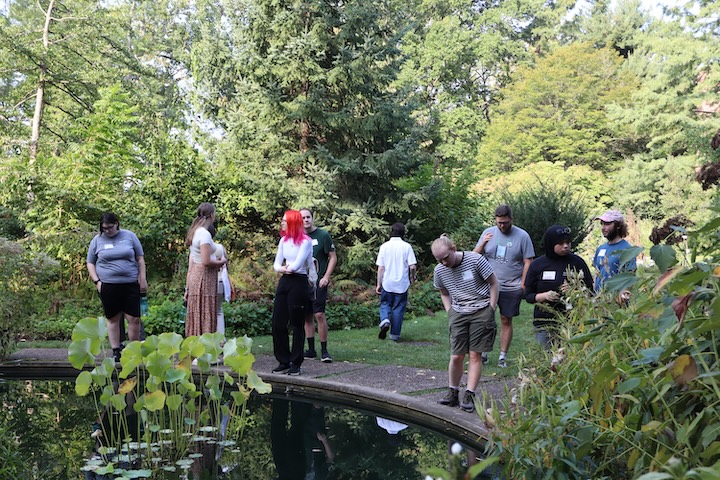Going with, and understanding, flow key to sustainability
Energy, people, materials, information – it’s the glue that increasingly is holding the world together. But these flows that humans and nature near and far together also have little regard for boundaries – made by humans or geography.
In a paper in Ecology & Society, sustainability scholars at Michigan State University’s Center for Systems Integration and Sustainability (MSU-CSIS) and Stanford University have devised a way to characterize how human and natural systems interact with each other.
EEB core faculty member Jianguo "Jack" Liu in the department of fisheries and wildlife was a co-author.
“We've also looked at a bunch of different methods that researchers can use to study and understand these transboundary flows,” said Yingjie Li, a postdoctoral scholar at Stanford who earned his PhD from MSU-CSIS. “The synthesis of data and current areas of research therefore provide practical resources that scholars across disciplines can use as a “primer” to get started with interdisciplinary collaborations.”
In “Transboundary flows in the metacoupled Anthropocene: typology, methods, and governance for global sustainability” a unifying typology of transboundary flows based on extensive brainstorming and literature review has been developed.
- Six main attributes of these flows: what type they are, how much there is, which direction they go in, how far they travel, when they happen, and how they happen.
- From these attributes, a manner of classification system has been developed, as well as different methods that researchers can use to study and understand transboundary flows.
- These methods can help gather information and measure these flows more effectively and figure out how to manage these flows in a way that's beneficial for the world.
- Telecoupling and metacoupling are frameworks that allow scientists to explore the world as it exists – with human an natural systems interconnected near and far. Flows are one of the key components to understanding how the world can coexist and thrive.
“If we want to make sure these transboundary flows don't cause problems and help us build a sustainable world, we need to think about the risks and benefits that come with these interlinkages,” Li said. “We also need to work together globally and use smart ways of thinking to manage these flows in a way that's good for everyone.”



